Four ERC Consolidator grant recipients
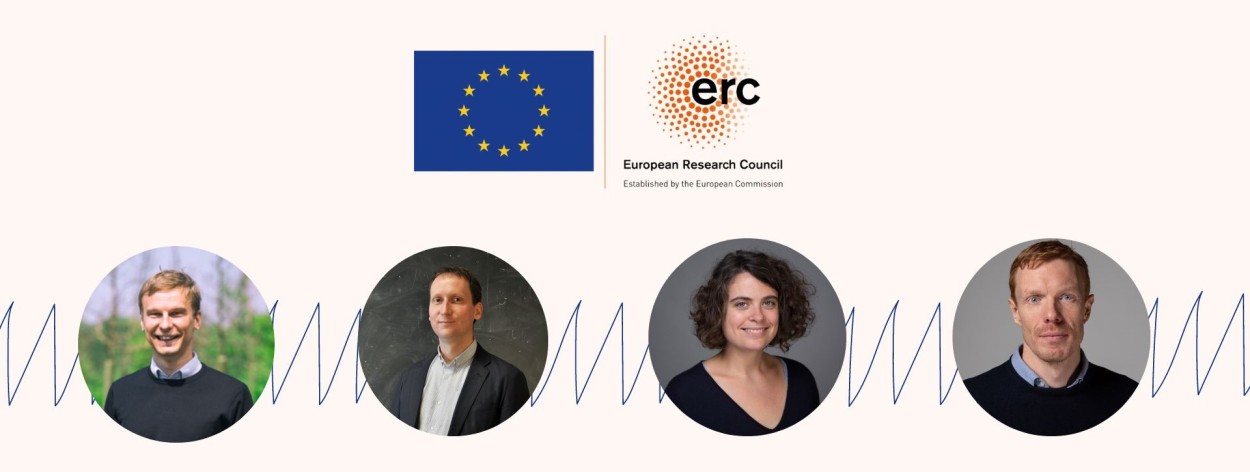
ElCapiTex – Understanding and modelling wet textiles’ behaviour
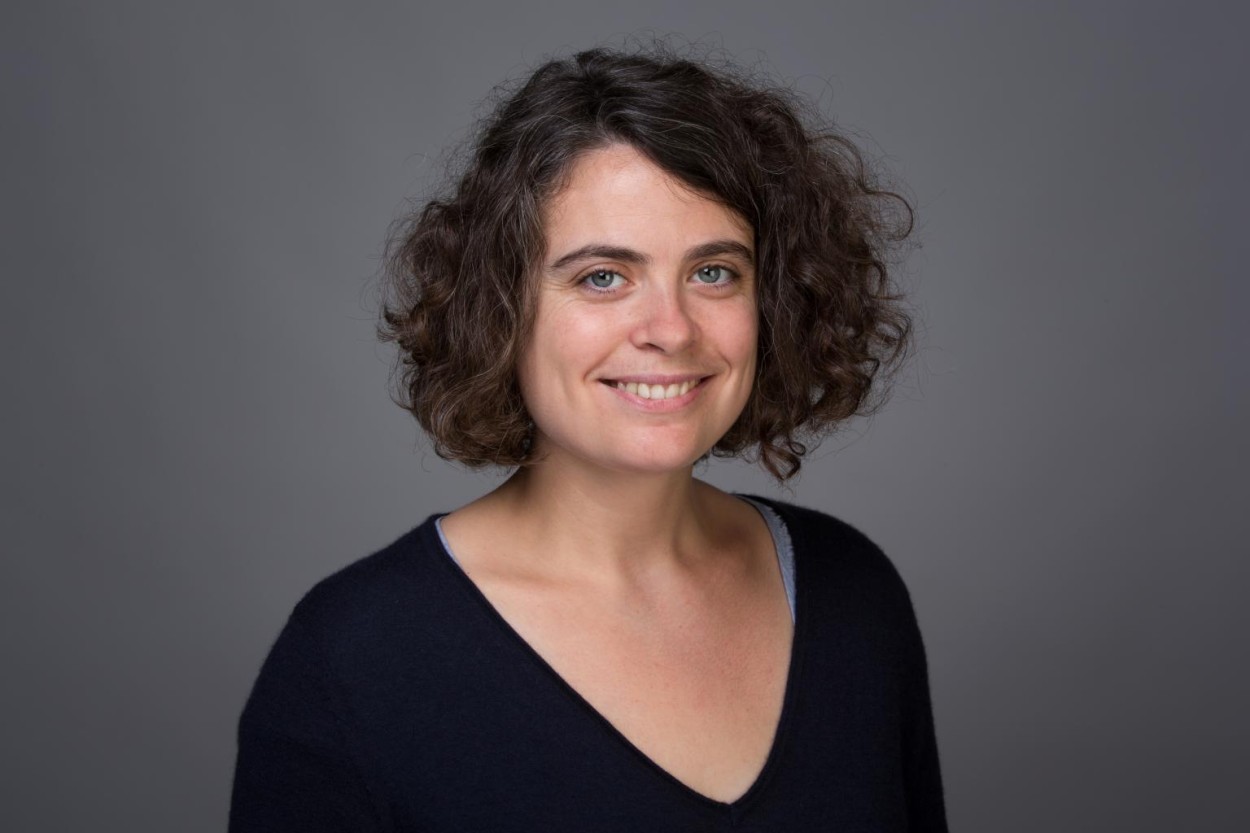
Fibrous media, and especially natural fibre-based materials such as paper, could be largely developed as a sustainable alternative for fossil-based plastics. However, their response to liquid and water in particular limits their manufacturing process and their widespread use. The goal of ElCapiTex, led by Camille Duprat at the Hydrodynamics Laboratory (LadHyX*) is to understand how the properties of a paper-like material are affected when wetted, and to leverage on this knowledge to build tailored textiles with a controlled response.It will unify three distinct areas of research: the hydrodynamics of suspensions of flexible objects, the mechanical characterization of fibrous materials and the wetting and swelling of soft materials. Both experimental and theoretical models will be built to achieve a unified understanding of these materials.
*LadHyX: a joint research unit CNRS, École Polytechnique - Institut Polytechnique de Paris
INASHI – Information frictions in hiring decisions
Many developed countries experience both high and persistent unemployment rates and unsatisfied job vacancies. Information frictions are a possible reason for labour market imperfections. On the one hand, job seekers may lack information about how the market works, about how their skills are valued, etc. On the other hand, employers may struggle to assess candidates’ profile. To characterise information frictions and their causes, Roland Rathelot, professor at ENSAE Paris, researcher at the Centre for Research in Economics and Statistics (CREST*) and research fellow Hi! PARIS will lead the INASHI project**. He will also assess its consequences and propose potential solutions. Roland Rathelot and his co-supervisors on the ERC project will answer these questions using a combination of administrative data and randomised experiments. Three European countries will be studied: Austria, France, and Sweden.
*CREST : a joint research unit CNRS, École Polytechnique - Institut Polytechnique de Paris, ENSAE Paris - Institut Polytechnique de Paris, GENES
** GENES is the host institution for the project
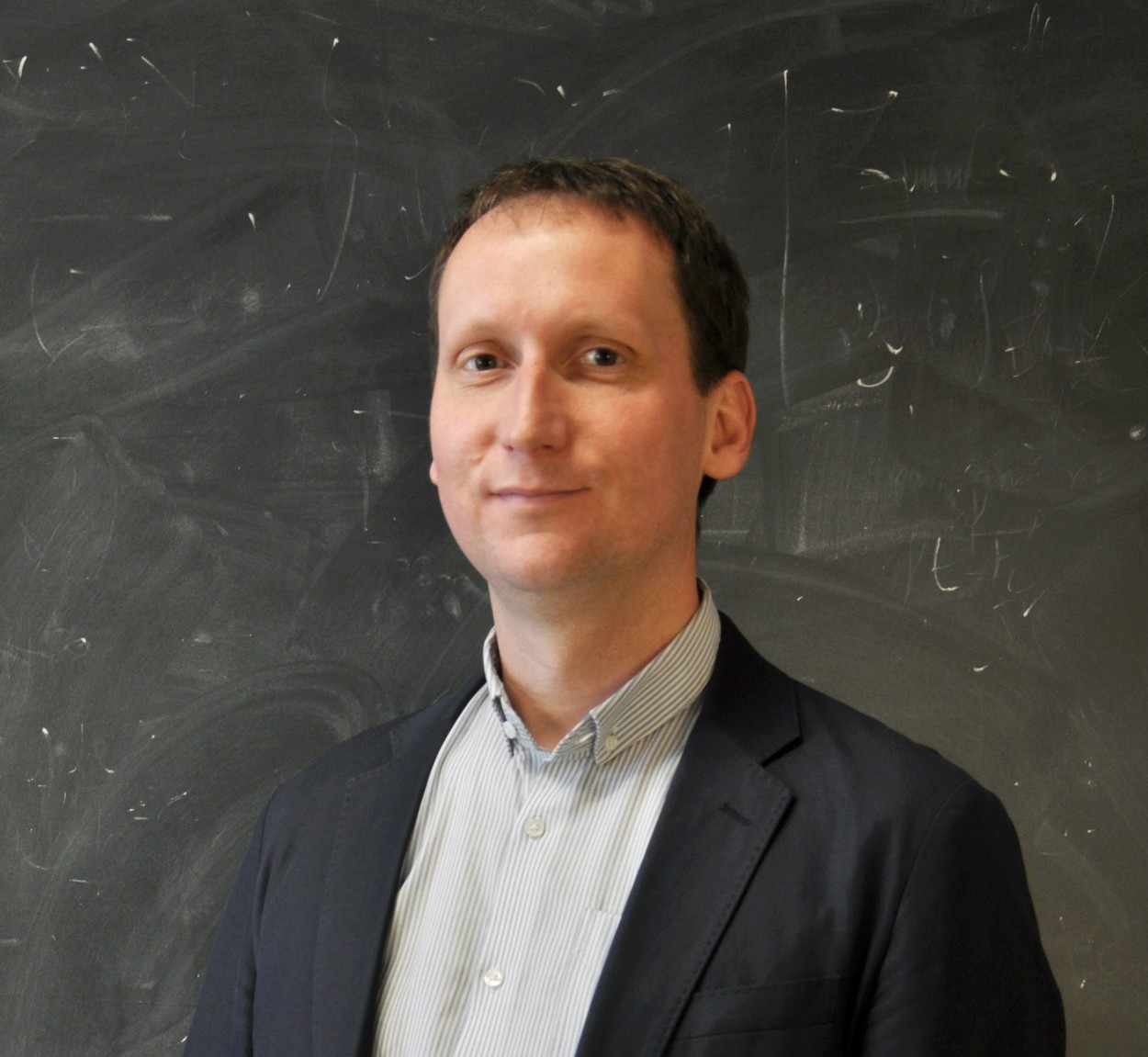
VEGA – Universal Transfer Learning for 3D data
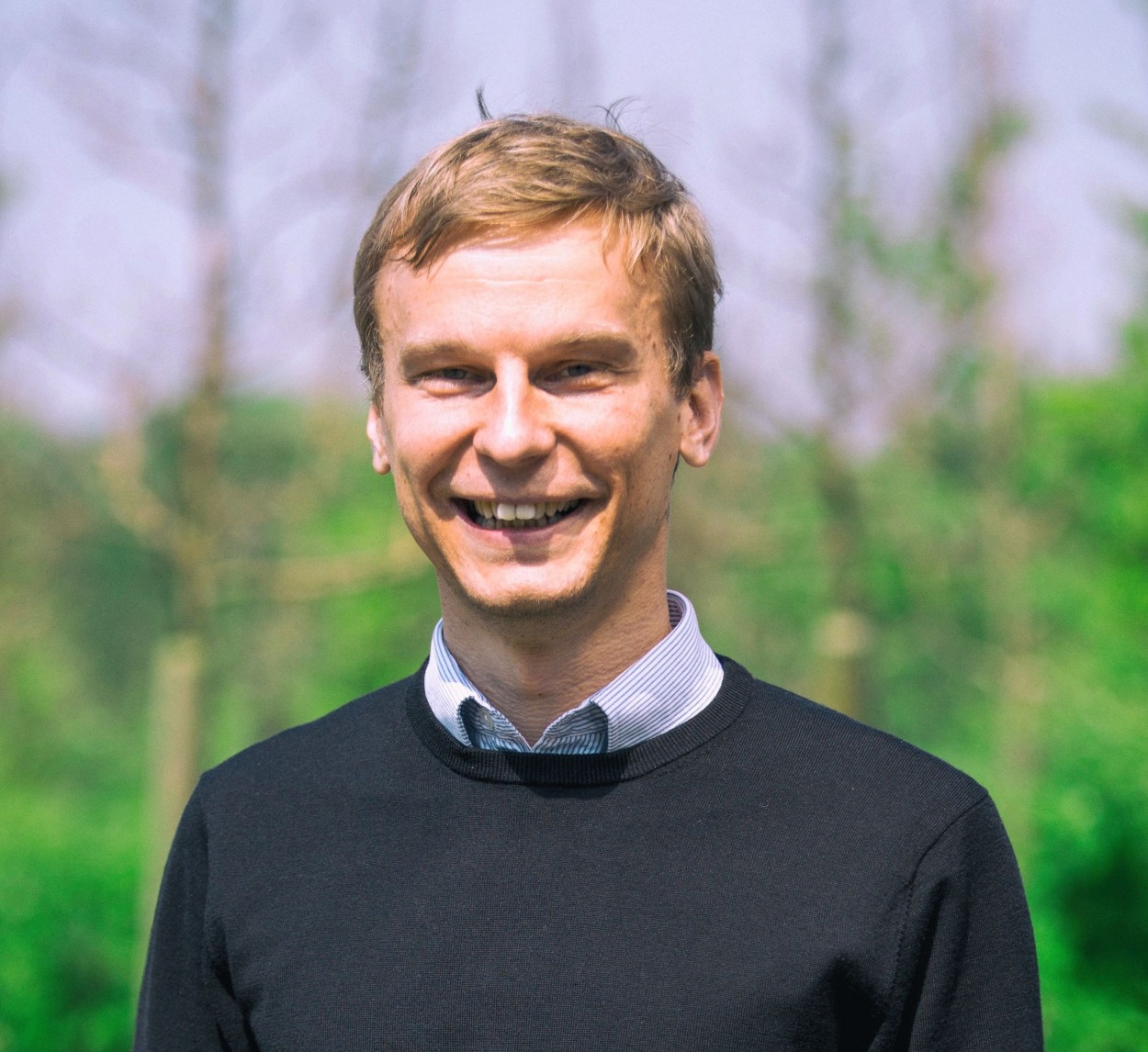
Image or speech recognition, among others, have been revolutionized by the use of data-driven techniques. A critical component in this success is transfer learning, which is the ability to exploit information learned for one task in other settings. Currently, transfer learning is difficult for geometric 3D data, even though this data is constantly being generated in many scientific disciplines, including bio-medical imaging, archaeology, or industrial metrology. Designed by Maks Ovsjanikov at Computer Science Laboratory of the École Polytechnique (LIX*), the project VEGA will try to solve this problem. Its challenge is to create a new paradigm for geometric data analysis that would allow solutions to be easily transferred and adapted across problems and data types. This can open the door to new applications that are outside of the scope of existing methods, such as tracking dynamic biological systems, and improved 3D deep learning methods even in the presence of limited training data.
*LIX: a joint research unit CNRS, École Polytechnique - Institut Polytechnique de Paris
QFTinADS – Improving the understanding of quantum field theories
Quantum Field Theory (QFT) is ubiquitous in modern theoretical physics. It is used to accurately describe physical phenomena ranging from accelerator experiments to cosmology and even quantum gravity. Nevertheless a proper mathematical framework to describe QFTs is still lacking, and this especially hinders the understanding of systems where particles are strongly coupled. In his project QFTinADS, Balt Van Rees (Center for Theoretical Physics, CPHT*) will push further a strategy called the “bootstrap”, that aims at better understanding QFTs by exploring very general consistency conditions. In recent years this approach has led to remarkable progress. The project will try to extend this strategy with several interrelated angles of attack. If successful this will yield new quantitative predictions for a wide variety of physical systems.
*CPHT: a joint research unit CNRS, École Polytechnique - Institut Polytechnique de Paris
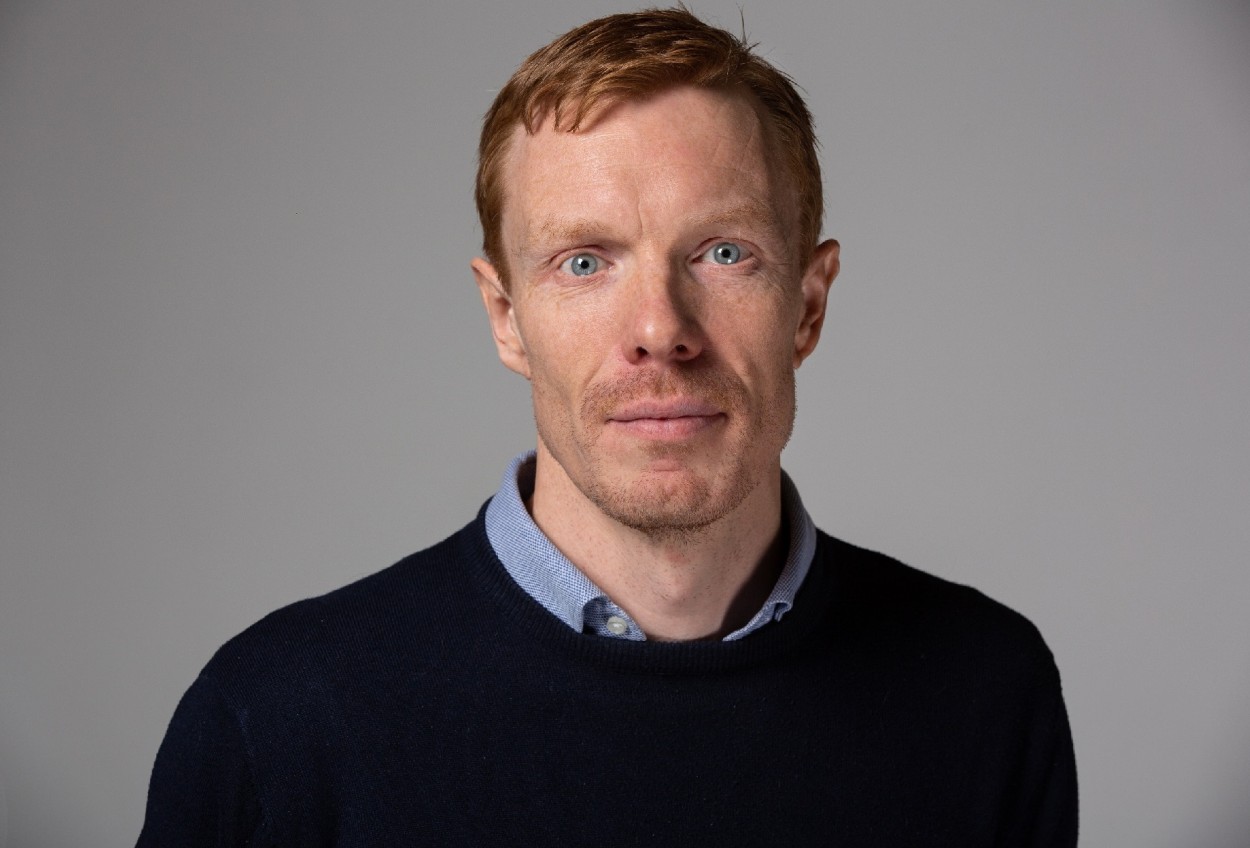
More information
Official press release from the European Research Council
Examples of projects, including the one led by Camille Duprat
 Support l'X
Support l'X